-
Welcome to Tundras.com!
You are currently viewing as a guest! To get full-access, you need to register for a FREE account.
As a registered member, you’ll be able to:- Participate in all Tundra discussion topics
- Transfer over your build thread from a different forum to this one
- Communicate privately with other Tundra owners from around the world
- Post your own photos in our Members Gallery
- Access all special features of the site
Specific Brakes Servicing Question (2012 Tundra)
Discussion in 'General Tundra Discussion' started by DeckerDie, Oct 19, 2021.


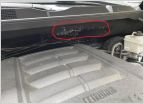 Possible Mice Damage?
Possible Mice Damage?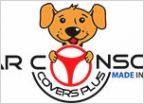 Transporting Doggies - Fur Anxiety
Transporting Doggies - Fur Anxiety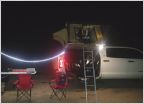 Tent bed - tundra short
Tent bed - tundra short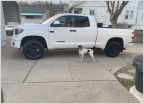 Finally got it !!!!! Took 4 months and a lot of sweating.
Finally got it !!!!! Took 4 months and a lot of sweating.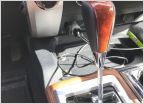 New Shift Knob
New Shift Knob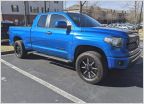 How much more can I do? Need some photoshop help to decide
How much more can I do? Need some photoshop help to decide
